Tepuhueico is a word composition from the mapundungún language (a native folk in Chile) and means “waterbody (lake) with an irregular coastline, on which dominate the tepu trees”. The richness of Tepuhueico Park on the west coast of Chiloe, an island in southern Chile, however, goes far beyond the Tepualia stipularis trees. The visitors marvel at the cragged cliffs falling steeply into the sea, the lovely sandy beaches and the Valdivian rainforest. They pass the huge shrubs of Berberis microphylla (commonly called Calafate) and the immense leaves of Gunnera tinctoria, while only minutes later having tiny, delicate mosses around their feet. On this tour out in the nature, one may observe birds, insects and reptiles. Even mammals such as southern pudu (Pudu puda) and, with some luck, the Darwin’s fox (Lycalopex fulvipes) may be seen. Hence nature lovers find here whatever they are looking for.
Chiloe’s west is especially rich in rainfall and has therefore remained fairly untouched, barely tapped and sparsely populated. For all those who like practicing outdoor activities such as hiking or birding, Tepuhueico seems like heaven. Tepuhueico absorbing nature on Chiloe island
About half way in the island’s north-south direction, there is the private park Tepuhueico. It’s divided into two main sectors, both of them awaiting with walking paths and several places of interest.
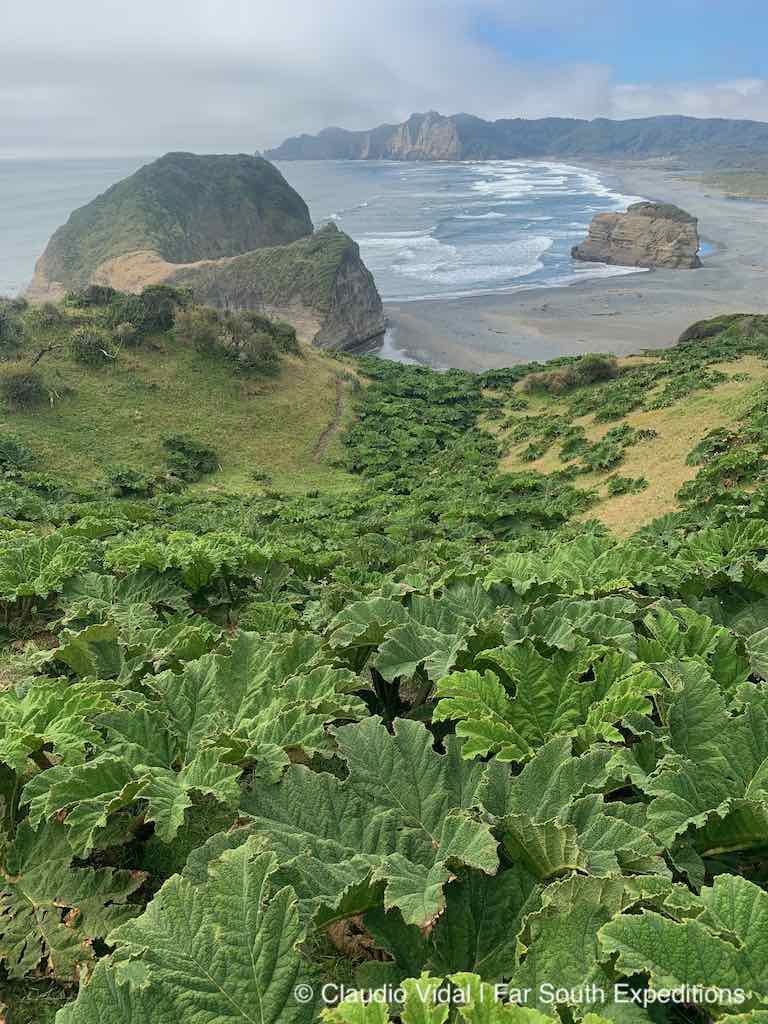
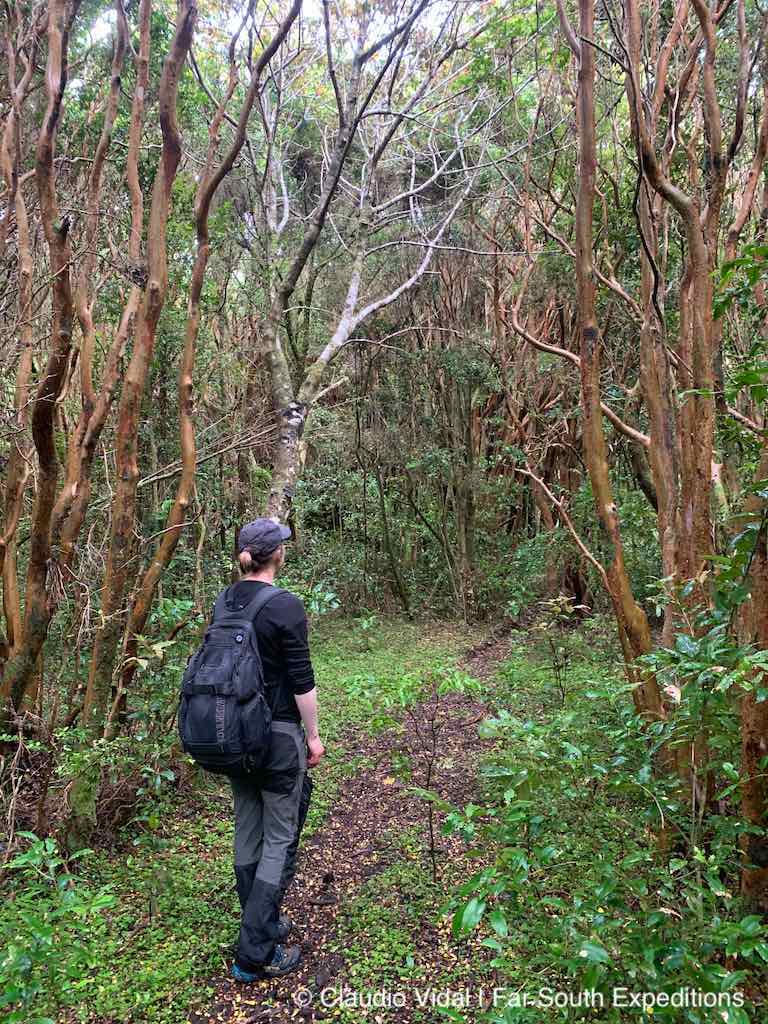
Coastal sector
Visitors of the coastal sector start their hike in an open scrubland, before getting to a big dune and finally reaching the Dock of Time (“Muelle del Tiempo”). This simple but very elegant wooden construction was built on a cliff jutting out of the sea. It’s an ideal place for having a rest and enjoying the great views.
Facing the east, we see a piece of sand-covered land, which soon turns into a dense forrest.
Towards the north, there is a long, wide beach of pebbles, at whose end a steep, cragged cliff arises from the water.
Looking to the west, there is nothing but sea. The endless seeming Peaceful Ocean, the Pacific. Quietly and steadily the waves break in the shallow waters close to the shore. Our highlight in this field of vision are doubtlessly the numerous dolphins, apparently having fun in the waves.
A look to the south, finally, reveals a precipitous coastline. The water’s movement is rough. Cliffs protruding from the sea offer a safe roosting place to several bird species, such as Red-legged Cormorant (Phalacrocorax gaimardi) or Imperial shag (Leucocarbo atriceps). Tepuhueico absorbing nature on Chiloe island
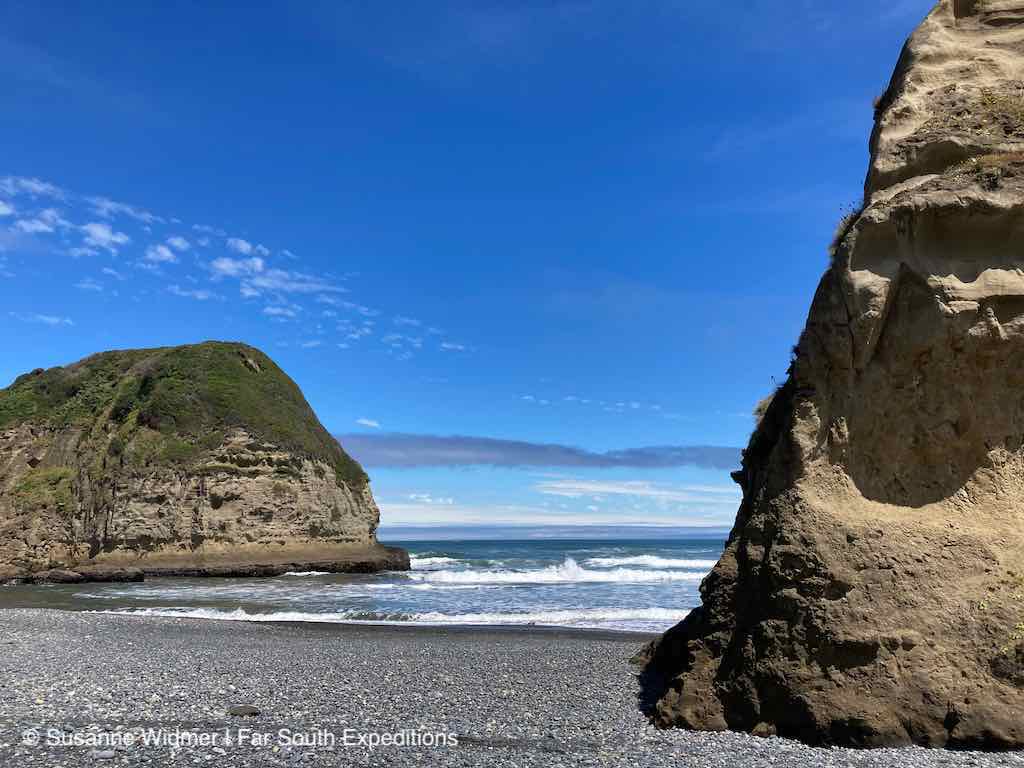
We continue our walk in a southward direction. The coarse leaves of the Chilean rhubarb (Gunnera tinctoria) rub on our trousers. A Peregrine Falcon (Falco peregrinus) plays on the thermal lift, thus hovering as energy-efficiently as possible. From time to time, some Black-faced Ibises (Theristicus melanopis) pass by, cackling loudly.
The path leads us trough different landscapes. First, we trudge through the sand for quite a while, heading towards the ridge of a big dune. Even though there is sand all over, we don’t get bored, as this habitat is full of life. Now, in January, the Chilean strawberry (Fragaria chiloensis) is ripe. Hence, every now and then we treat ourselves to a sweet, fruity (though sandy…) snack. Countless bees are flying from one strawberry plant to another, collecting pollen and thus pollinating the plants. In doing so, they carry out an important role in the whole ecosystem. At times, a damselfly poses on a branch lying on the sand and enjoys the sun. Caterpillars are crawling over the sand, looking for something edible. Yet they need to be constantly on the watch not to fall prey to a parasite wasp. Latter lays their eggs into other insects, e.g. caterpillars, where they grow and benefit from food abundance during their first days of life. The Sysirinchia ensure pleasant, colorful spots in the otherwise rather monotonously beige sand. Tepuhueico absorbing nature on Chiloe island
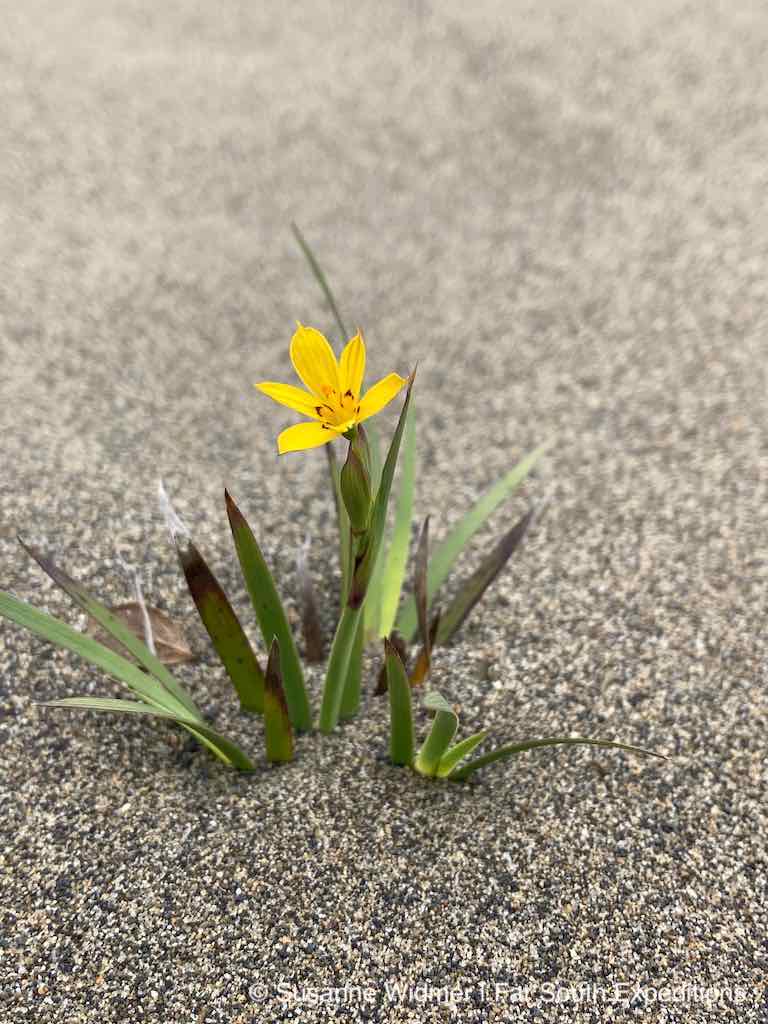

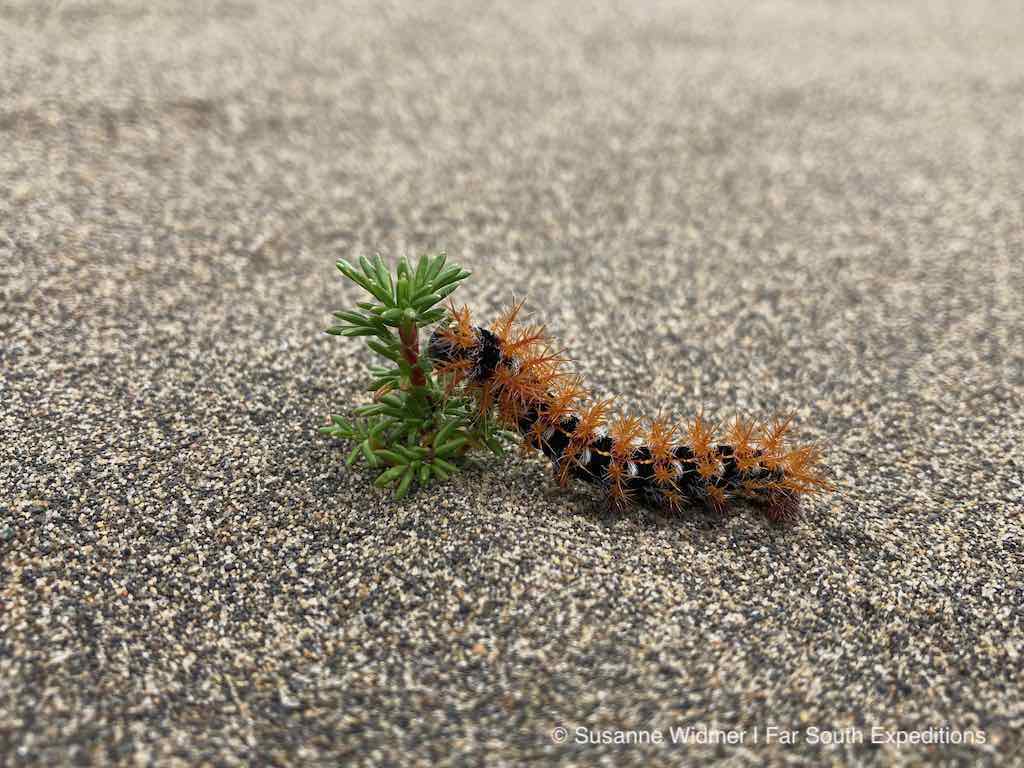
Absolute idyll, isn’t it? Indeed, our small world seems perfect – weren’t there all these annoying coliguachos (Scaptia lata). Incredible, how many of these 2 cm big horse flies are buzzing around our heads. In fact, they look beautiful. They’re black with a yellow tail tip, a red patch on the neck and metallic shimmering compound eyes. And actually they wouldn’t be too irritating if they just kept on flying around. However, the females are desperately sanguivorous and bite even through the clothes.
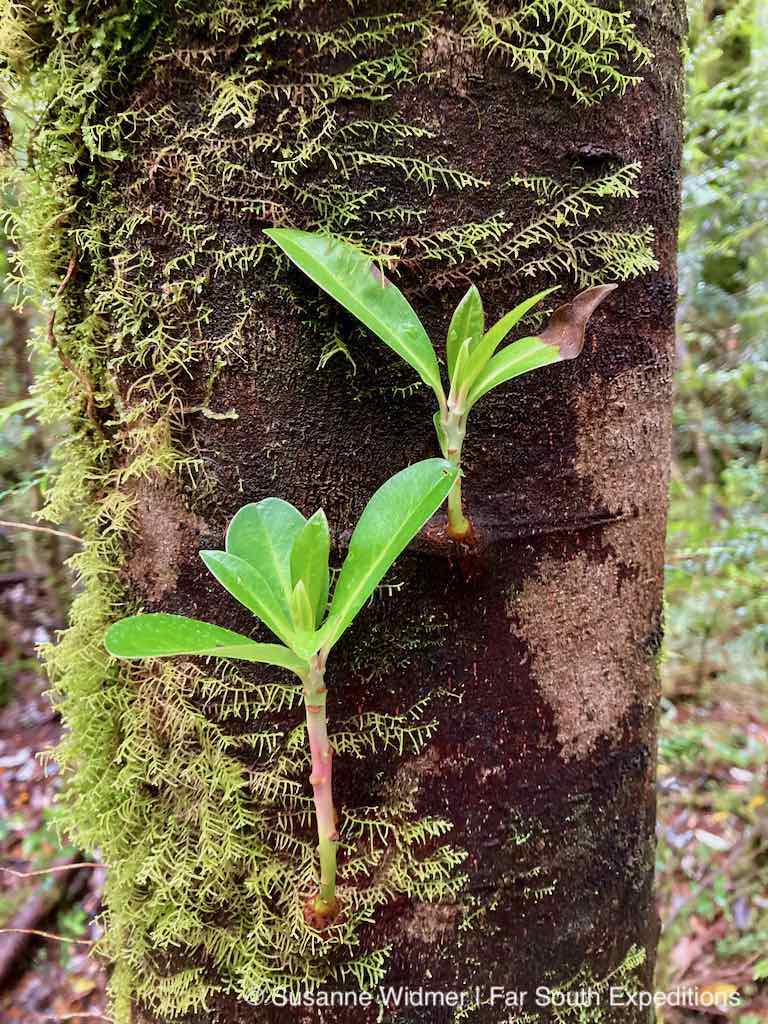
As soon as we leave the sandy area and step into the forrest, we fortunately get rid of the coliguachos. We thus may focus again on the different birds and the dense vegetation, without being distracted ever and anon. Besides the Tepualia stipularis trees there are other characteristic tree species such as winter’s bark (Drimys winteri) or Nothofagus nitida. We see and hear different birds, amongst others the Austral Thrush (Turdus falcklandii) and the Chucao Tapaculo (Scelorchilus rubecula). Tepuhueico is also habitat of the rather shy Ochre-flanked Tapaculo (Eugralla paradoxa). Tepuhueico absorbing nature on Chiloe island
The last section of the trail back to the parking area leads through open grass and bushland. In former times, this used to be pasture land. There are enormous shrubs of the Berberis microphylla. They’re much taller here than in other parts of Patagonia. They easily reach up to 3 m (10 ft.) and their branches are brimful of their characteristic blueberry-like fruits. It feels like paradise, eating as many berries as we like, untroubled, after all these nerve-racking encounters with the coliguachos.
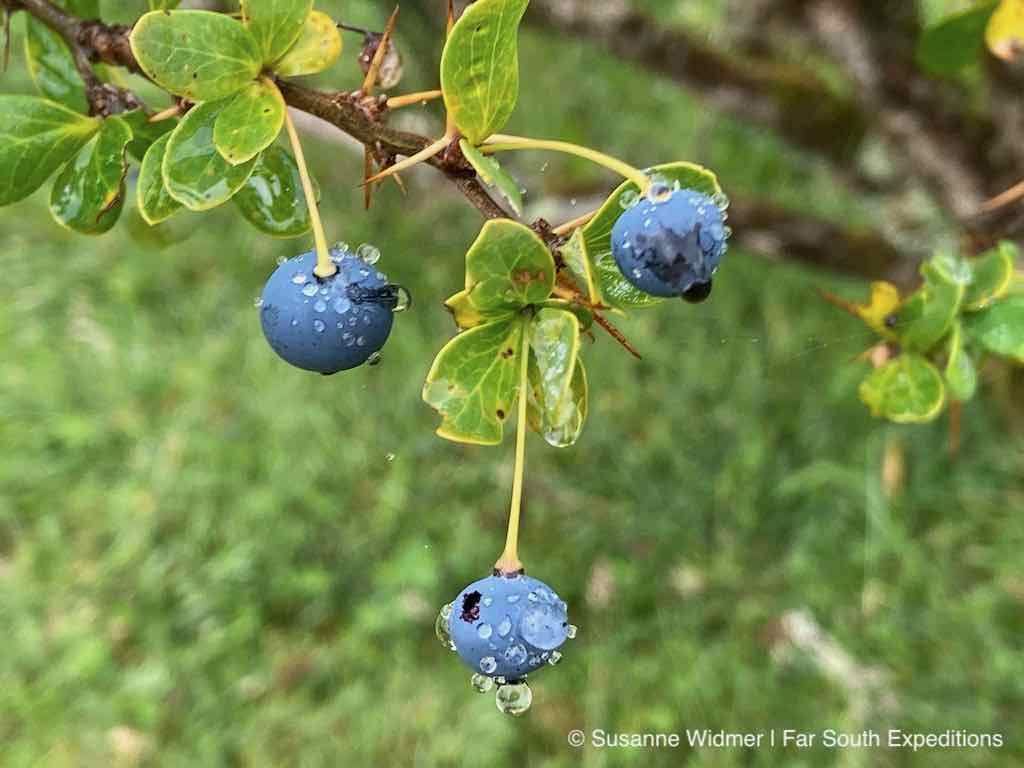
Forestal sector
In the eastern part of the park, a dense Temperate Valdivian Rainforest invites the visitors to explore, enjoy and relax. Thanks to several well marked walking paths, young and old alike may experience this evergreen forest. The visitor immerses oneself into the magic world of this diverse nature. A green carpet made of mosses, grasses, lichens and ferns covers the ground. From there a dense shrubby layer and trees as high as houses emerge. Tepuhueico absorbing nature on Chiloe island
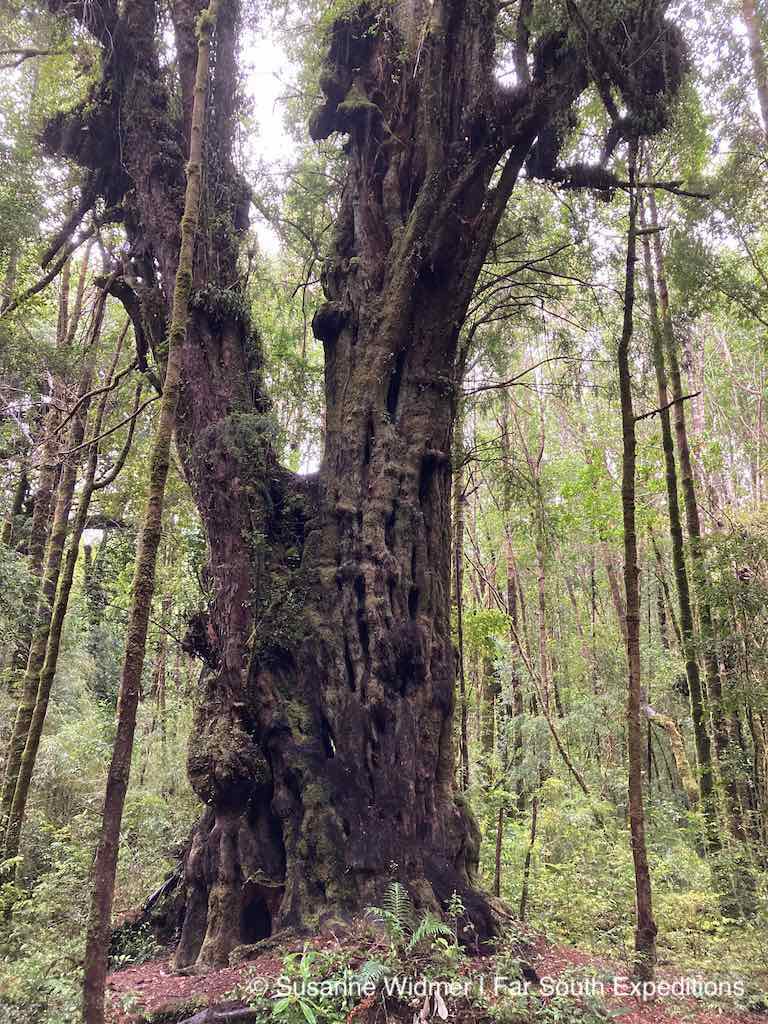
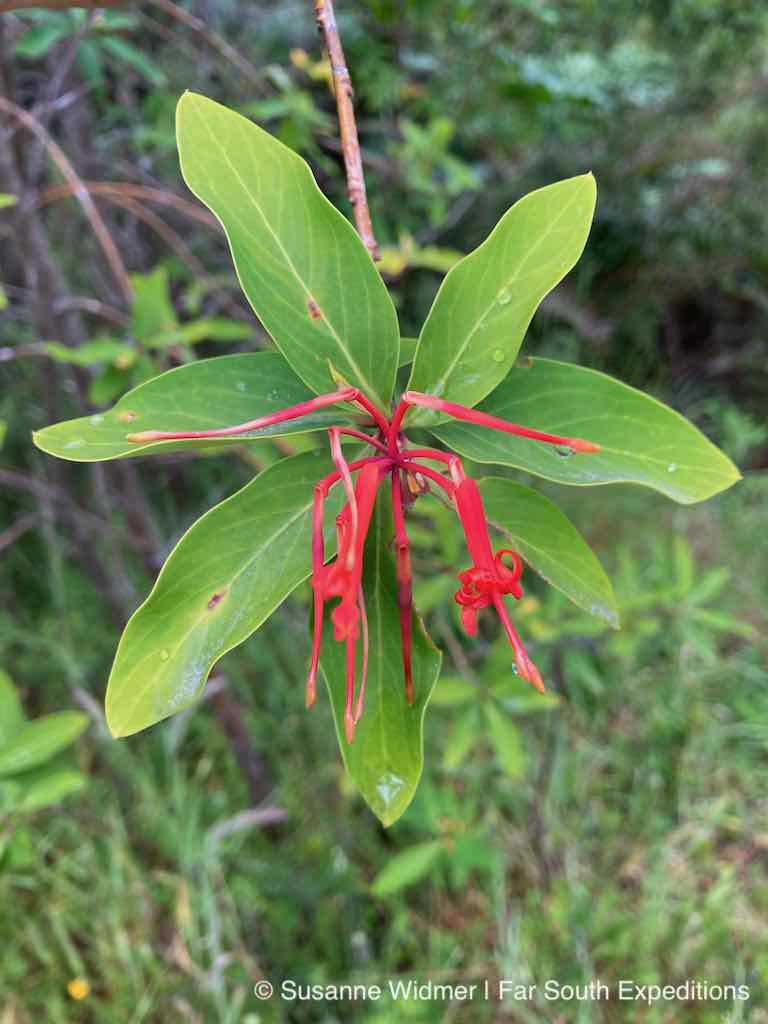

The circuit linking the Rio Bravo waterfall and the “Catedral de Arrayanes” seems to me a particularly attractive and varied walk. The latter is an striking accumulation of Luma apiculata trees (the locals call them “Arrayán”). They stand out mainly due to their cinnamon bark.
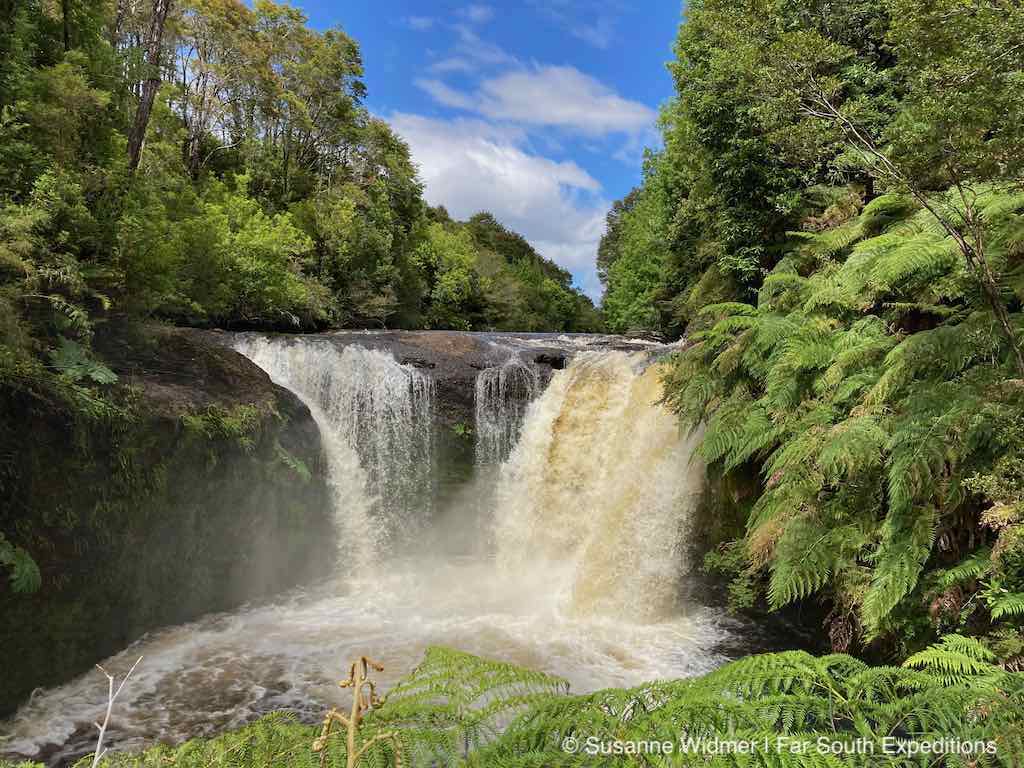
Expectedly, there live plenty of different animals in these diverse, untouched woodlands. The observant visitor spots lots of insects, such as dragonflies, beetles and grasshoppers. Especially at times when the air is very humid, one can see artistically formed spider’s webs.
Of course, the forest is also home to a considerable variety of birds, such as Austral Pygmy-Owl (Glaucidium nana), Chilean Flicker (Colaptes pitius), Band-winged Nightjar (Systellura longirostris) or De Murs’s Wiretail (Sylviorthorhynchus desmurii). At dawn and dusk, it is furthermore possible to witness the bats buzzing through the air while they’re hunting insects. Finally, Tepuhueico Park provides also habitat for several mammals, of which the southern pudu is probably the easiest one to see. Pudus are a deer species native to South America, which is hardly taller than a medium-sized dog. They are primarily active at twilight. In addition, there live Darwin’s foxes, southern river otters (Lontra provocax) and Kodkods (Leopardus guingua) within the park’s perimeter.
If one feels like submerging fully into this spectacular nature and absorbing it as much as possible, he/she shall stay in the park overnight. A placid lodge and two roomy cabins, built in harmony with nature, invite the guest to stay. Both accommodation options achieve perfectly the balancing act between closeness to nature and simplicity on one hand and coziness and comfort on the other hand. Tepuhueico absorbing nature on Chiloe island
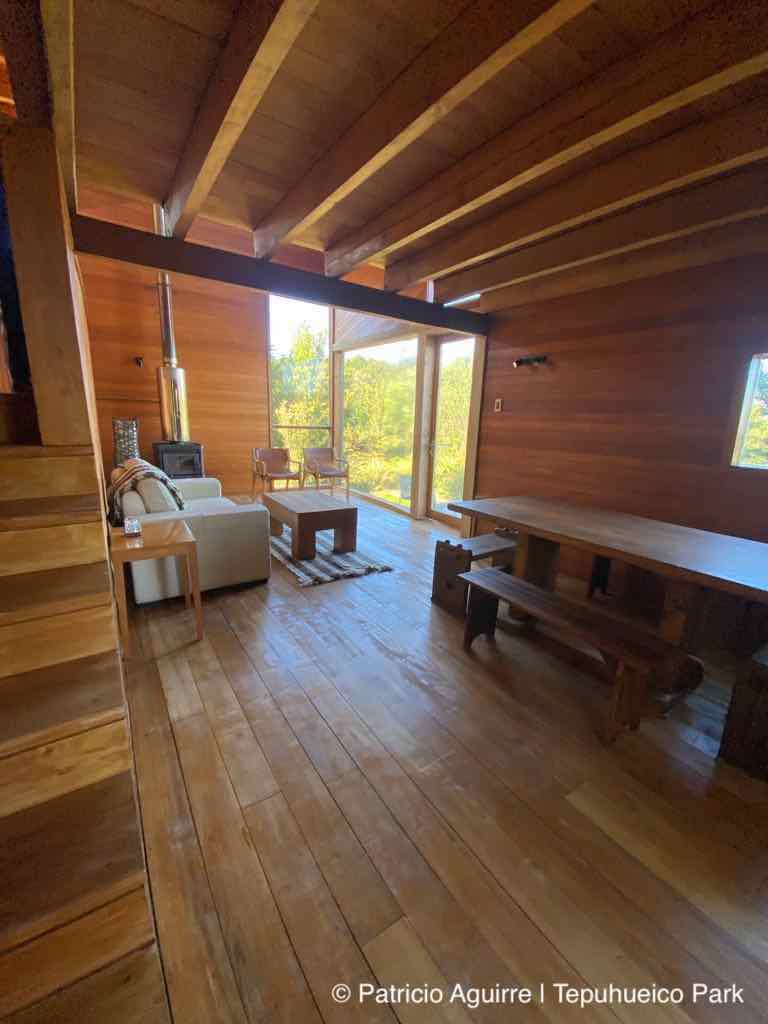
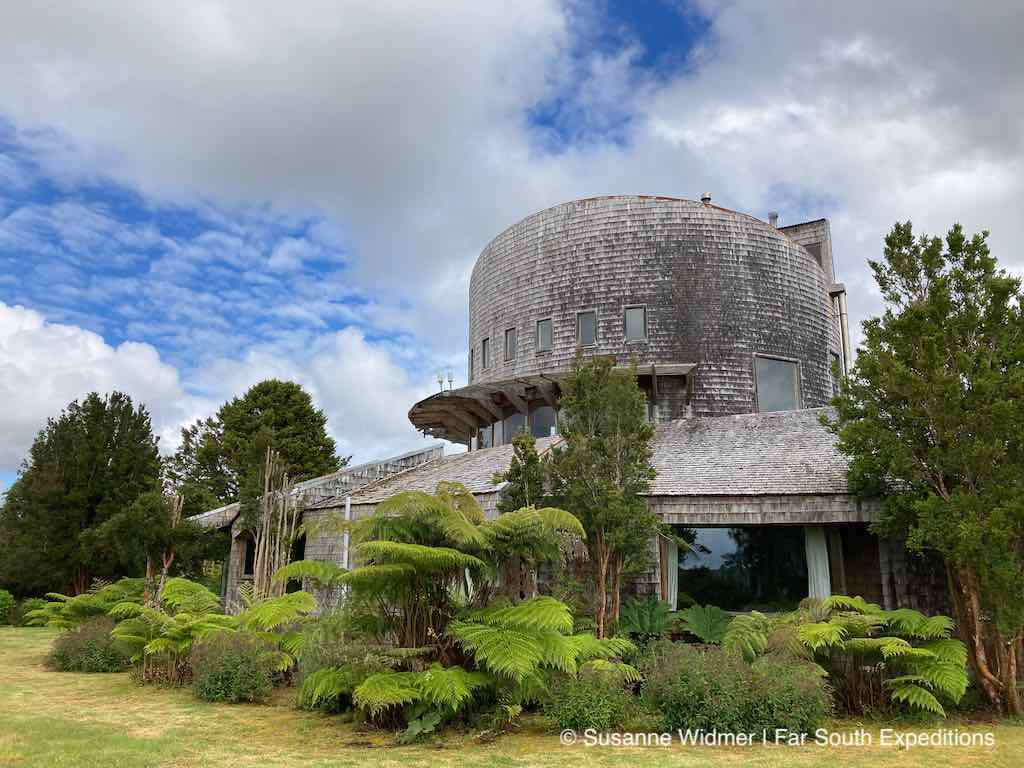

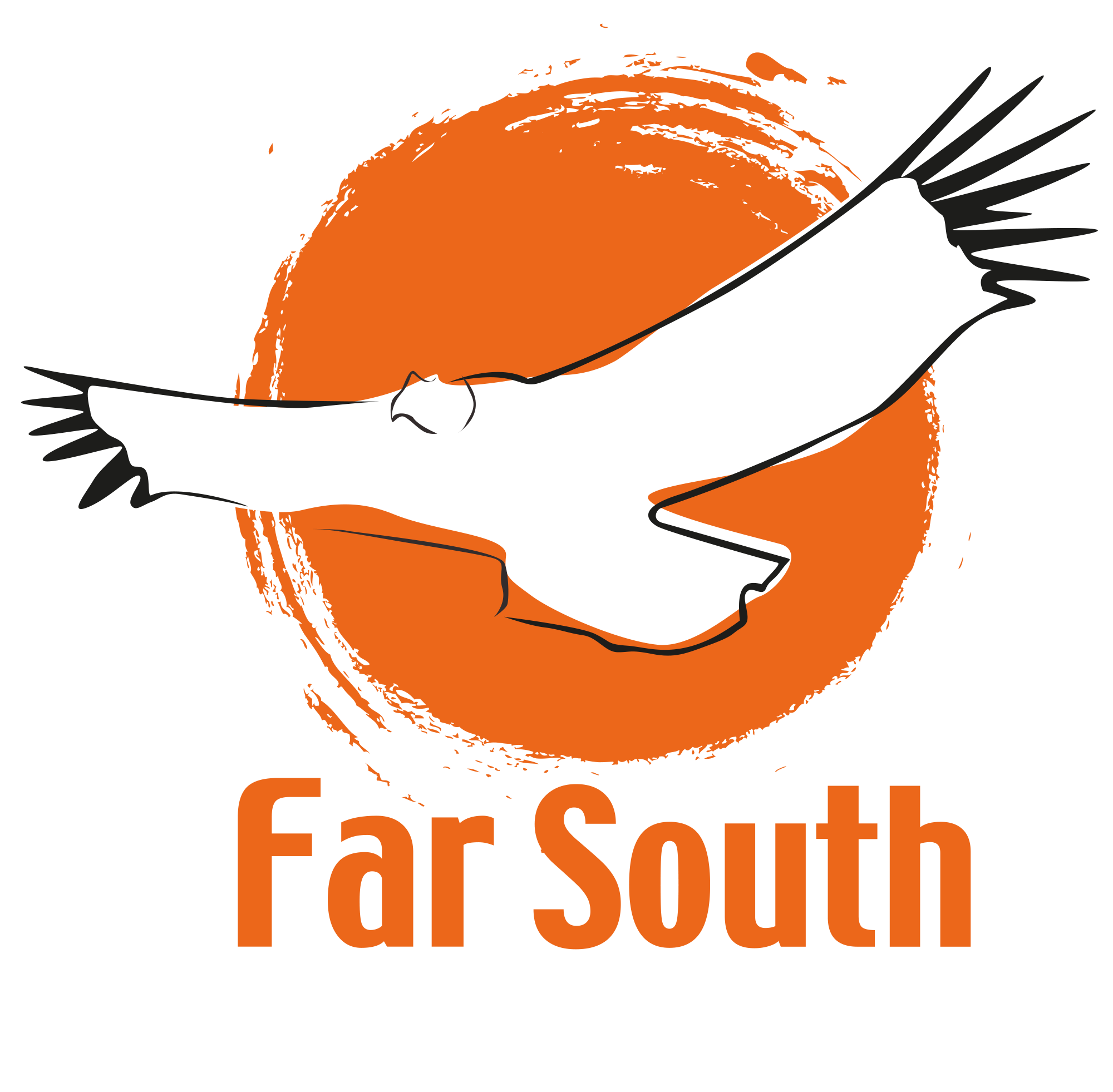
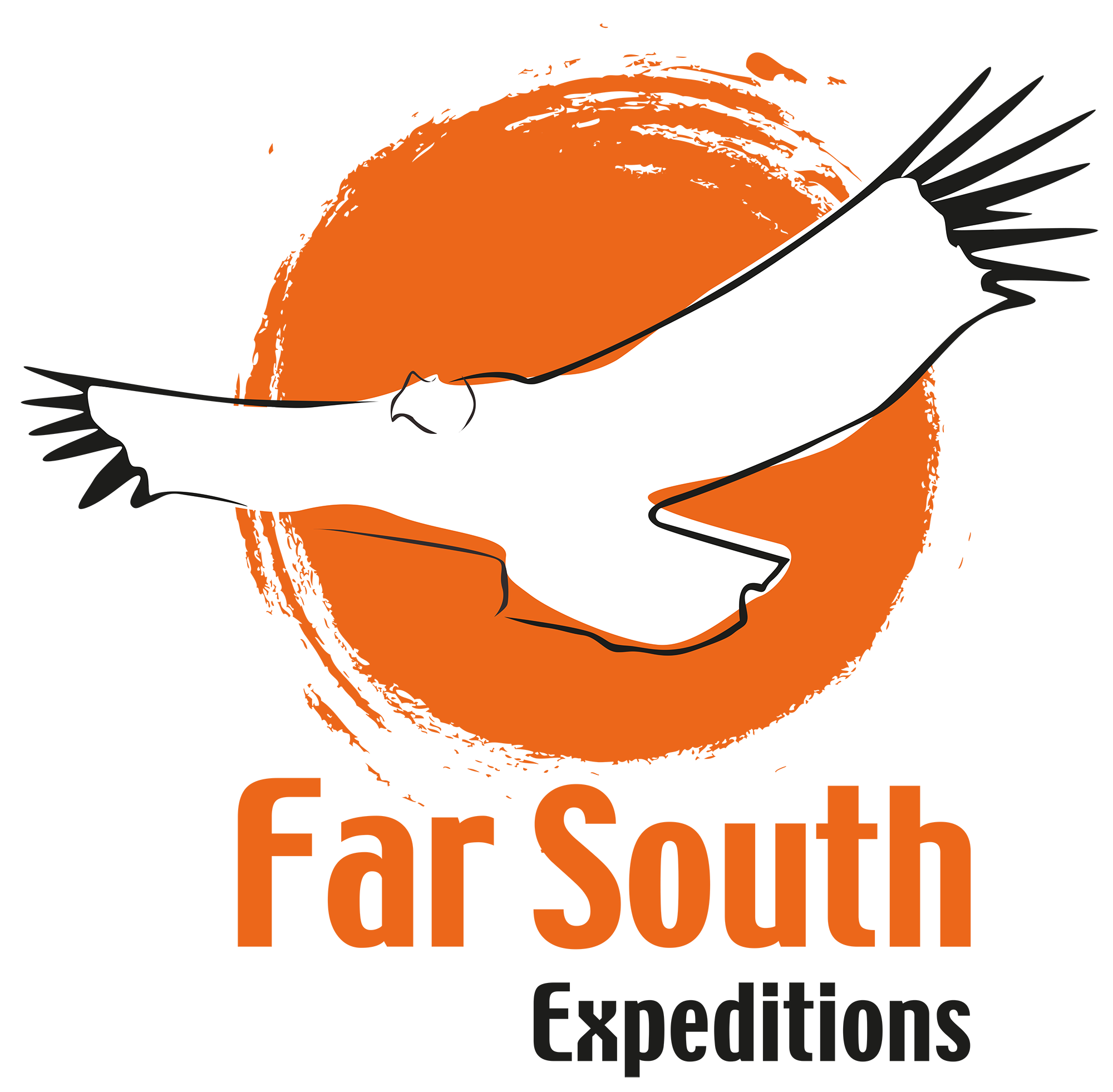
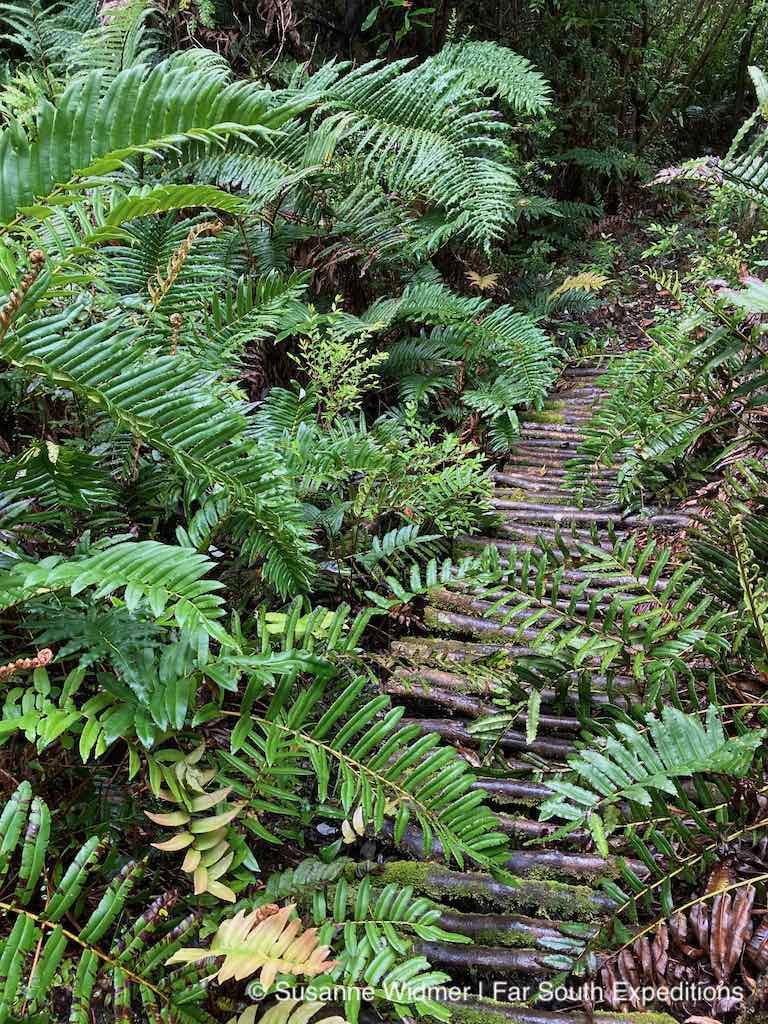
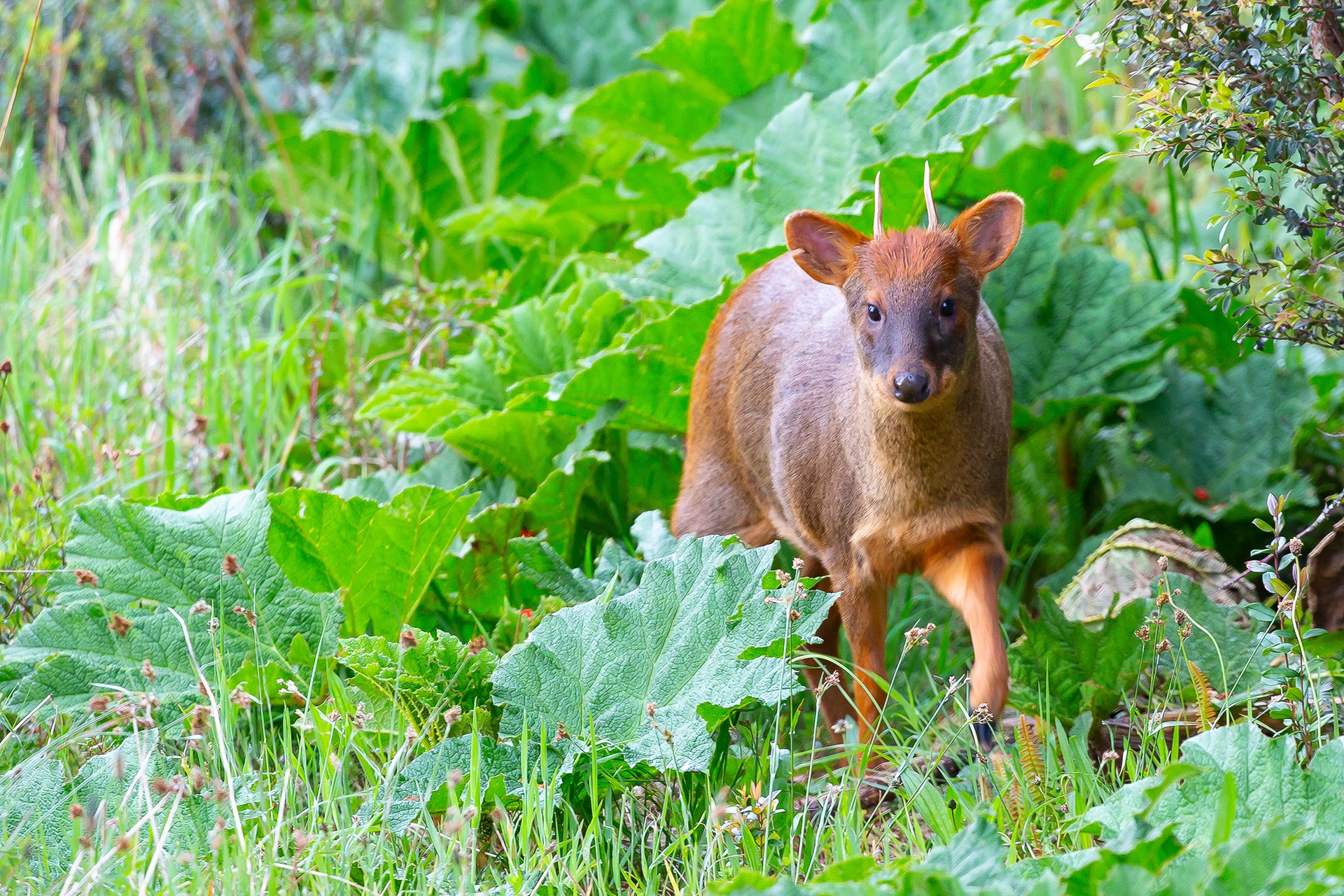


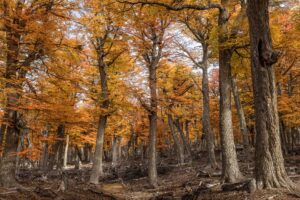

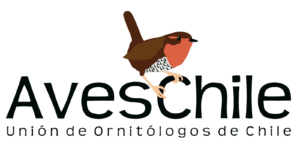
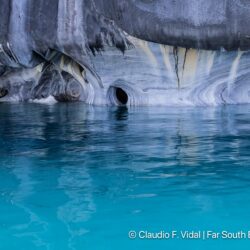
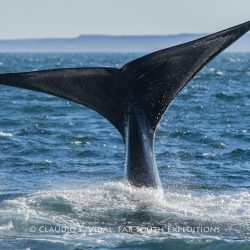


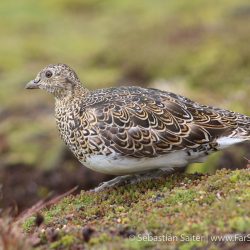
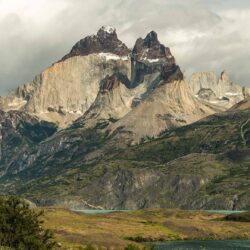
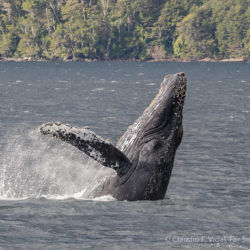
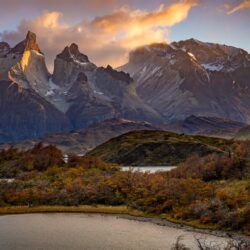
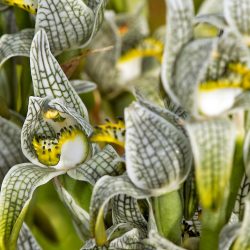


Leave a Reply
Your email is safe with us.